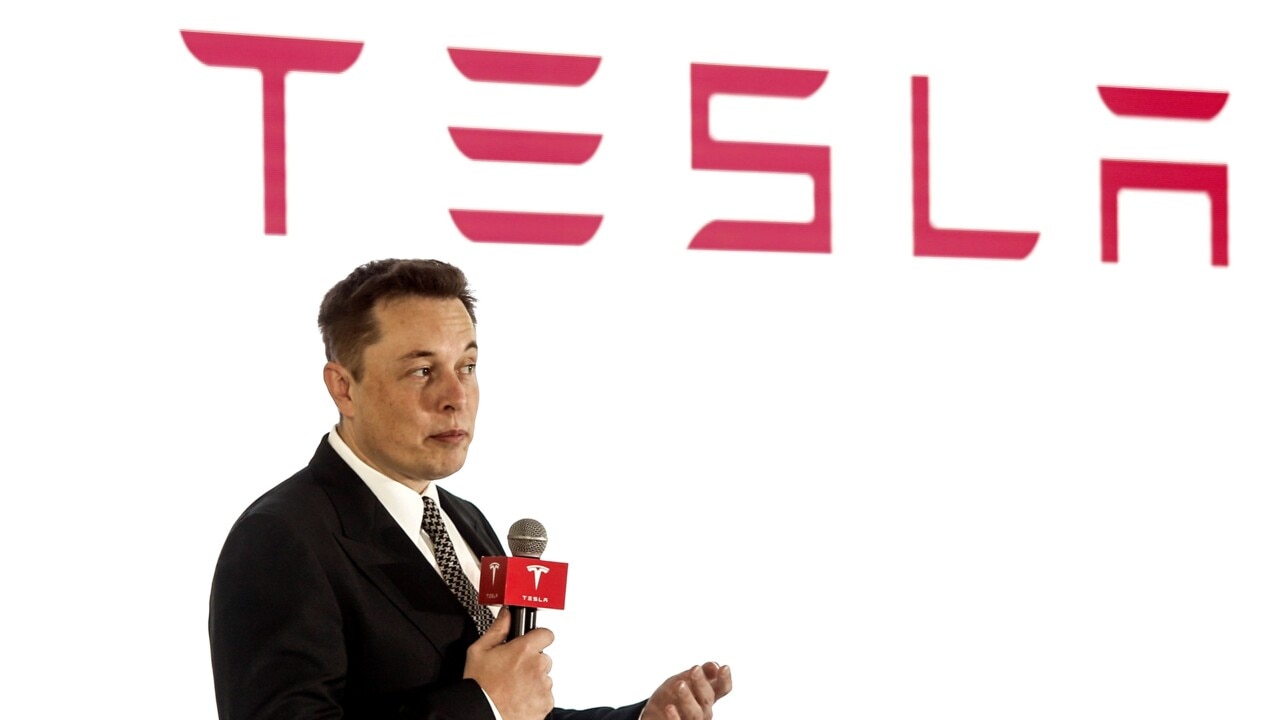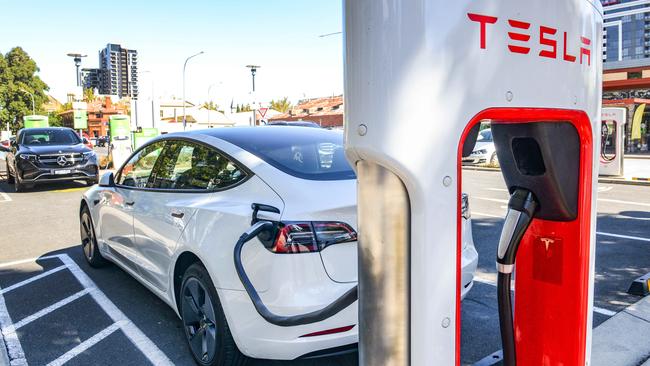Apartment dwellers caught in crossfire over electric vehicle controversy
Slow EV legislation has left apartment dwellers caught between paying hundreds of thousands to upgrade their building, or paying for their neighbour to charge their Tesla.

Tyson Warmes plugs his Tesla directly into the wall socket in his parking space, charging it to his neighbours via the building strata. He’s unapologetic – he will pay for the juice himself, he says, when his building commits to electric vehicle capability.
Mr Warmes joins apartment dwellers across the country, frustrated on either side of the debate by protocols around EV infrastructure. Electrical vehicle capability – which can mean anything from installing power-points to ensuring those power-points are metered, and updating the building’s mains – is generally taken to be a common expense. That means residents are expected to pay whether they own an EV or not, even when the bill amounts to hundreds of thousands.
As legislation lags behind, Mr Warmes – who rents – insisted his neighbours didn’t mind fronting the cost to charge his Tesla.
“They see it as future-proofing the building,” he said. “All of the major manufacturers will move towards electric in the next decade, so this is the road we’re all going to have to go down. They’re happy someone has started to put the pressure on, and they know I’m more than happy to pay as soon as the building makes it a possibility.”
Other non-EV owning neighbours are less understanding. One landmark building in Sydney’s east has abandoned its pursuit of EV capability entirely.
With balconies overlooking Bondi Beach, Teslas in the parking lot are a dime a dozen. Installing individually billed chargers was too complicated, and so the strata committee turns a blind eye to EVs being charged on the shared account. The practice leaves residents such as Imogen Mare feeling frustrated.
“I don’t even drive, let alone drive a Tesla,” Ms Mare said.
“I’m all for sustainable solutions, but I don’t want to be paying for what’s effectively someone else’s gas. I don’t even really want to pay for chargers to be installed, since I’ll probably never benefit from them, but I accept that’s just a part of community living.
“I’m hoping strata will put the issue back on the table, but for now this solution doesn’t work.”
Brent Clark is the chief executive of Wattblock, a consultancy that works with strata committees to improve the sustainability of buildings. There is no “one-size-fits-all” solution, he said.
“If you think about the kinds of structures that have strata, it’s everything from skyscrapers to townhouses and gated communities. They all need different solutions, which can cost anywhere from $6000 to $300,000.”

As for government subsidies, such as NSW’s $10m pledge for the first 125 buildings with more than 100 parking spaces to become EV-ready, Mr Clark said: “Those big complexes are clustered around the CBD. We’re talking about people who can afford to pay for it themselves.”
Renters like Mr Warmes, who make up almost half of apartment dwellers countrywide, face even more roadblocks. Representation on strata committees is exclusive to owners, and landlords have limited incentive to provide EV charging. The comparably lower price to charge their tenant’s EV, divvied up between their neighbours, is far more enticing than a massive infrastructure upgrade.
“Why would they pay for it?” Mr Clark asked. “They’re chasing the highest rent yield.”
Landlords are inclined to resist a large-scale renovation, but it’s not a long-term solution, Mr Clark added.







